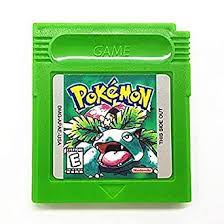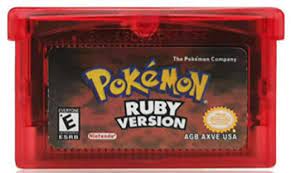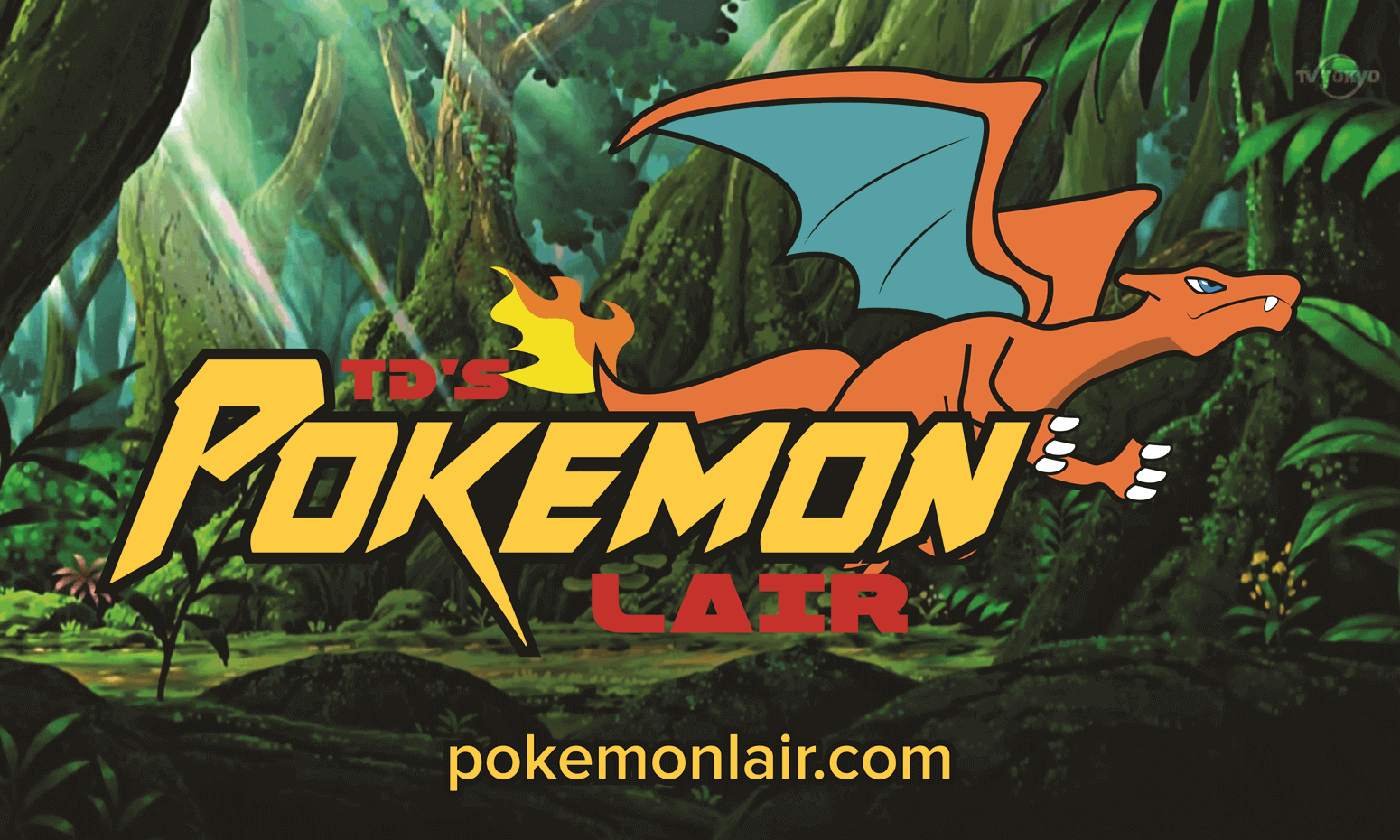Home » Pokemon Stories » The Creation of the Pokemon Franchise
The Creation of the Pokemon Franchise

The game's ultimate goal was to catch all 151 Pokémon, which was the reason for the two different game versions. Pokémon Red and Green have version-exclusive Pokémon. Therefore, it was essential to link up Game Boys via a link cable to complete the game. This enables players to battle each other and also trade various Pokémon among themselves. Gamers found the collecting and trading of Pokémon adventurous and exciting, which led to the franchise's massive success..

Nintendo and Game Freak have not looked back since then. They have continued to release sequels every few years. In 2003, Pokémon Ruby and Pokémon Sapphire were released for the Game Boy Advance. The next set of sequels were released for the Nintendo DS. The sequels that featured on the Nintendo DS include Pokémon Diamond and Pearl, Pokémon Black and White, and Pokémon Black 2 and Pokémon White 2, which were released in 2007, 2011, and 2012 respectively. These releases were a massive hit in the gaming industry.

